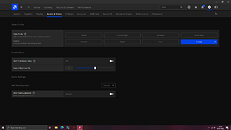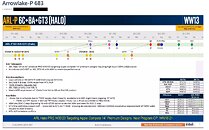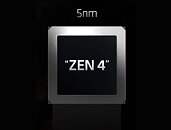Minisforum Launches Venus UM773 Lite Mini PC
On January 7th, the Minisforum UM773 was launched in China with the AMD Ryzen 7 7735HS processor and received widespread praise from consumers. Now, the new version of UM773, UM773 Lite, has arrived globally with a more affordable price. Considering that users usually connect external keyboards and mouses, the two USB 3.2 ports have been replaced with USB 2.0 ports. All other design will be the same as UM773. The price, however, will be more favorable.
The new UM773 Lite features the new AMD Ryzen 7 7735HS, AMD Radeon 680M Integrated Graphics, DDR5 dual-channel memory, PCIe 4.0 SSD, and the most advanced USB4 Type-C port. The Ryzen 7 7735HS is one of AMD's new Ryzen 7000 series mobile processors, featuring 8 cores and 16 threads, with a based clock of 3.2 GHz and a maximum turbo clock of 4.75 GHz and a default TDP targeted at 54 W. The RDNA2 Radeon 680M integrated GPU has 12 CUs up to 2.4 GHz.
The new UM773 Lite features the new AMD Ryzen 7 7735HS, AMD Radeon 680M Integrated Graphics, DDR5 dual-channel memory, PCIe 4.0 SSD, and the most advanced USB4 Type-C port. The Ryzen 7 7735HS is one of AMD's new Ryzen 7000 series mobile processors, featuring 8 cores and 16 threads, with a based clock of 3.2 GHz and a maximum turbo clock of 4.75 GHz and a default TDP targeted at 54 W. The RDNA2 Radeon 680M integrated GPU has 12 CUs up to 2.4 GHz.



























































